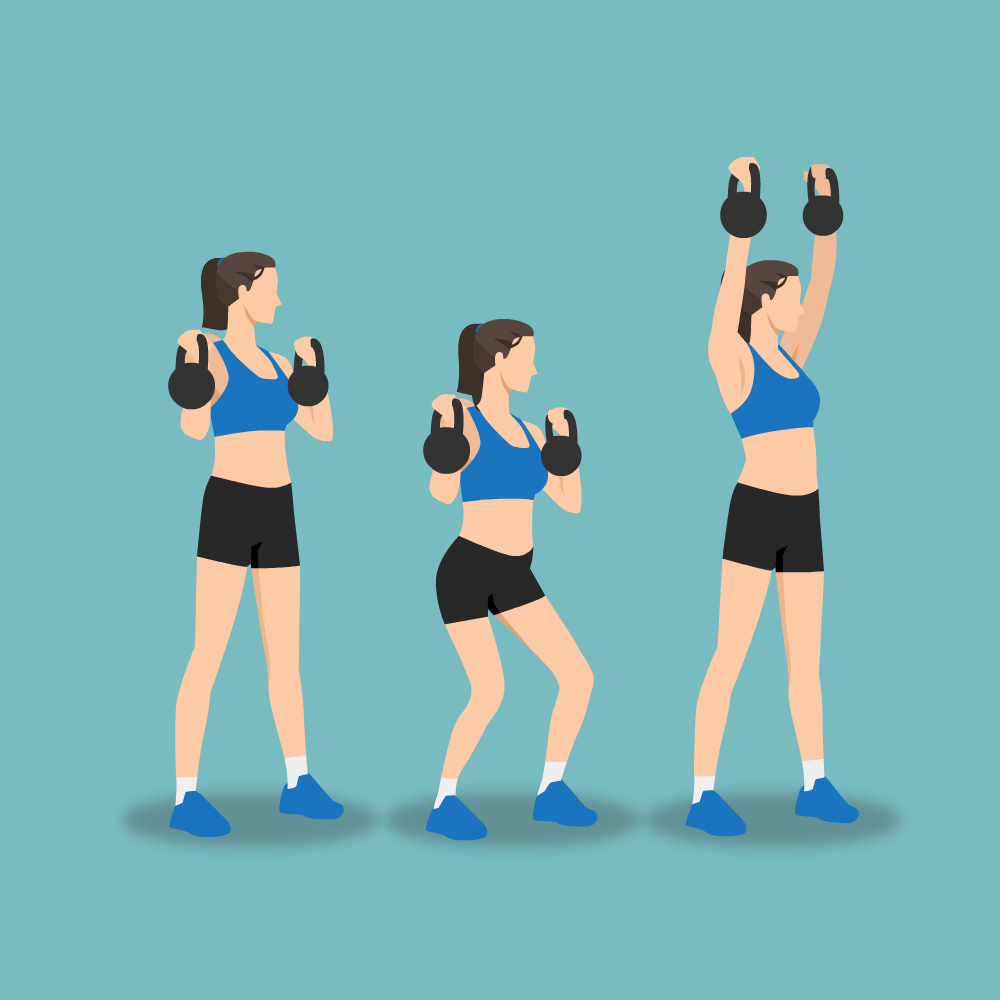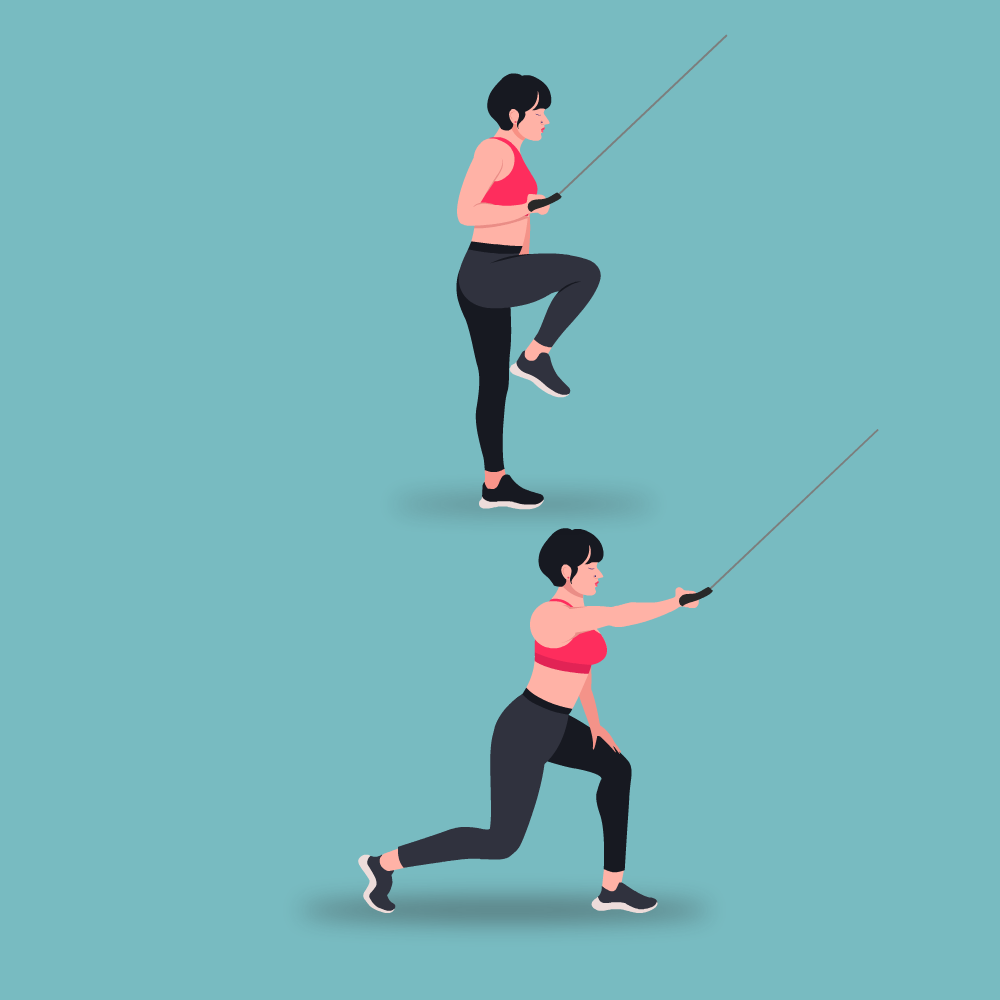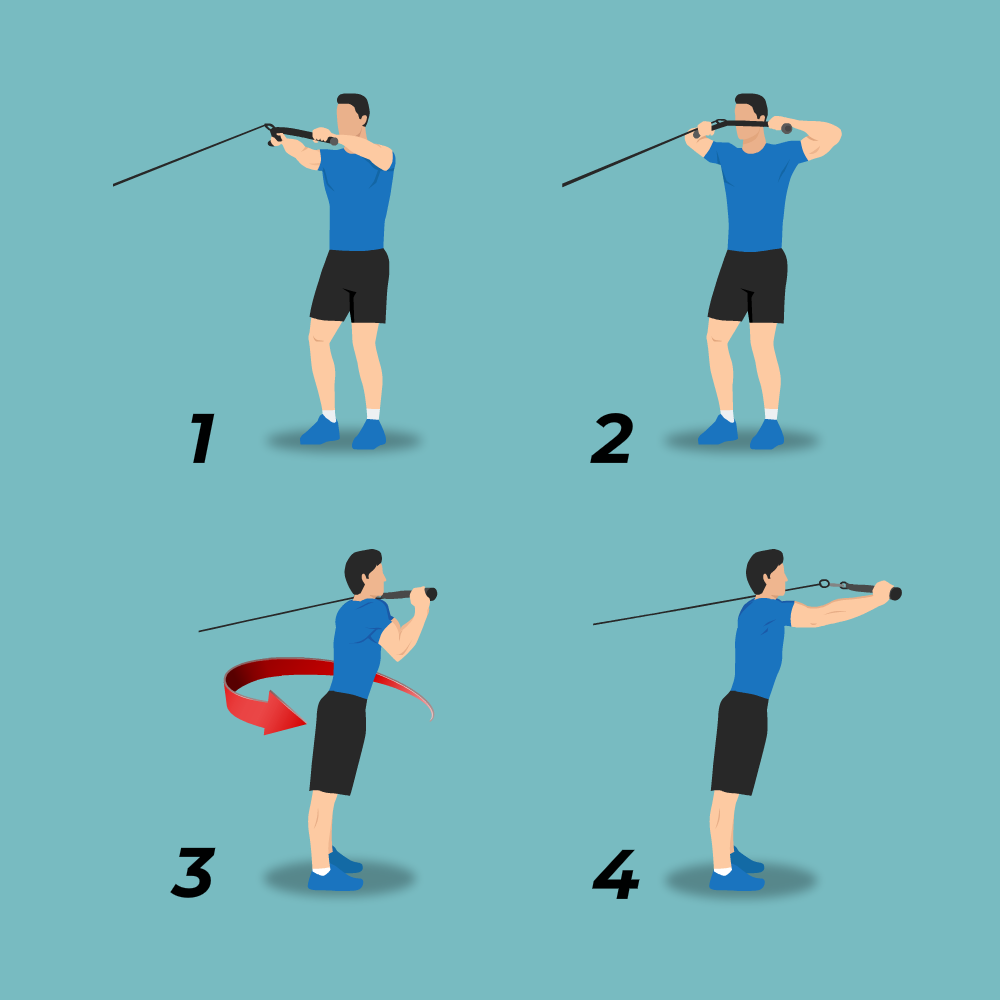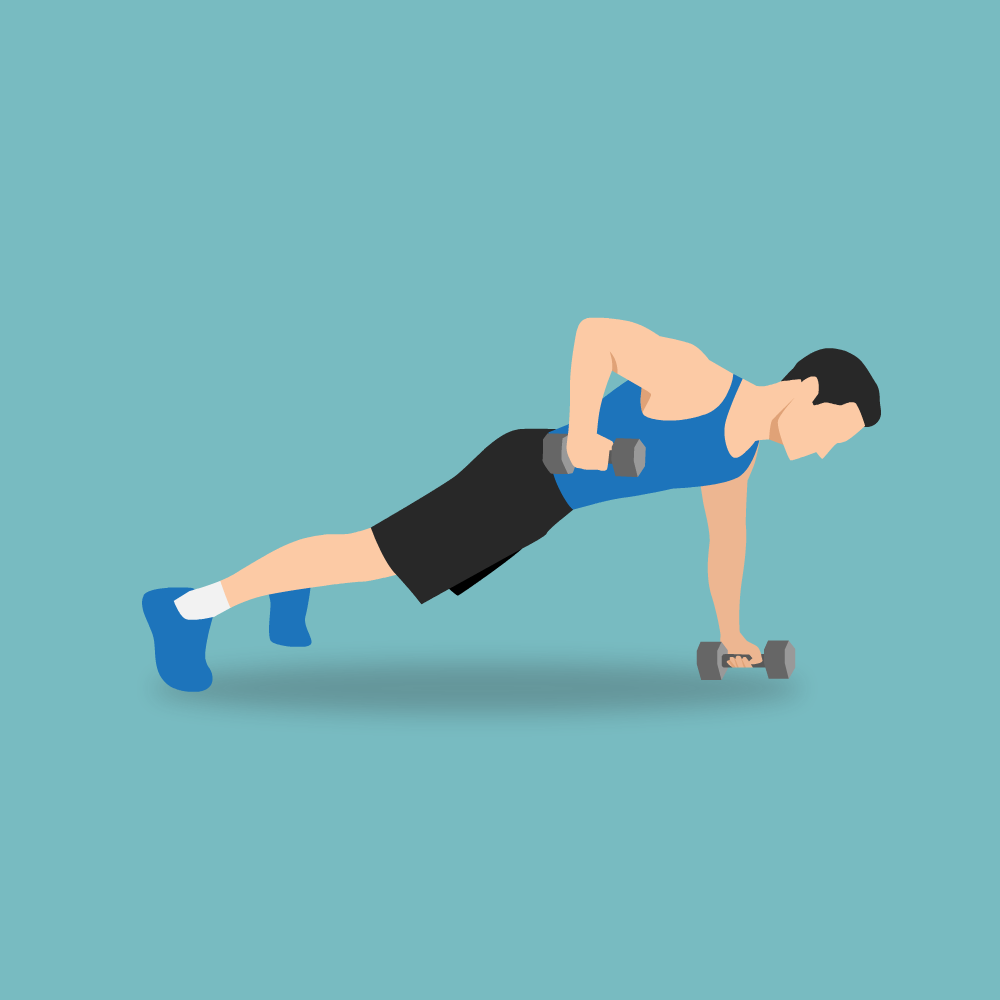
How Should Runners Train for Muscular Endurance?

You might be a seasoned runner or an amateur one, but it is essential that you know the importance of muscular endurance in running. Let us compare the muscular requirements for running a marathon versus a sprint to understand the significance of muscular endurance in your running endeavors.
The sprint requires explosiveness and speed over a short distance for which you need muscular strength and power. It would be impossible to sustain that level of performance over the course of a marathon, which demands more cardiorespiratory and muscular endurance.
Long-distance running is a form of muscular endurance training, so every time you run for longer distances and durations, you improve that element of your physical fitness. However, specifically training for muscular endurance between training sessions and events will enhance your overall performance.
What is muscular endurance?
Muscular endurance is the ability of a muscle or a muscle group to exert force against a resistance over a sustained period or the capability of a muscle to resist fatigue. This is different from muscular strength, which is the maximal force that a muscle or muscle group can exert during a single contraction. So, it is the difference between performing a set of 10 squats while holding 10kg dumbbells versus performing a single squat loaded with a 125kg barbell.
Also read: Dumbbells vs Barbells: Settling The Debate
The muscular characteristics depend on the types of muscle fibers. The two main types of muscle fibers are fast-twitch and slow-twitch. Fast-twitch fibers perform short-duration, powerful movements, while slow-twitch fibers do not generate as much force but fatigue much more slowly as well. The physique of a powerlifter and a marathon runner reveals the importance of muscle-fiber types.
Although one may be genetically predisposed to perform better in certain types of activities, it is possible to train and improve one’s performance in any sport or activity, regardless of genetics.
How to measure and improve muscular endurance
1. Establish a baseline
Before beginning muscular endurance training, it is important to build a baseline against which you can measure future gains. For example, perform a set of body-weight squats to fatigue when you either cannot do any more repetitions or your technique starts to falter. Record the number as your baseline endurance for that exercise. Do the same for push-ups, so that you also have a baseline for your upper-body muscular endurance.
2. Perform muscular endurance workouts
Muscular endurance exercises involve using lighter weights and performing a higher number of repetitions. The exercises should target large muscle groups, such as the legs or back, or multiple muscle groups, such as the upper body and core. Choose a light to moderate-intensity load, which is about two-thirds of your maximal strength, considering you can perform 12 or more repetitions per set for two or three sets, and stick with this routine until you build up enough muscle strength and endurance to complete 15 repetitions per set. The next step would be to increase the weight lifted by 5% and repeat the cycle of gradual progress from 12 repetitions to 15 repetitions.
Also, be aware of the rest periods between sets during muscular endurance training. Because you are targeting muscular endurance, rest periods should be as short as 30 seconds or less.
Also watch: How Much Should You Rest Between Sets and Exercises?
If you are new to muscular endurance training, complete two or three workouts per week with each exercise training the entire body. Eventually, you may progress to doing a split routine, where you target the upper body two days per week and the lower body twice a week. Advanced exercisers can perform this type of training up to six days per week.
Key exercises to improve muscular endurance for runners
This selection of exercises forms a total-body muscular endurance workout. Follow the guidelines outlined above to create an effective and progressive program that will support your running program and help you improve performance.
- Perform two or three sets of each exercise for 12 or more repetitions and rest for 30 seconds or less between sets.
- Starting at the top of the list, perform one set of each exercise to complete one round.
- Perform two or three rounds of all five exercises.
Here are the recommended workouts to improve your muscular endurance:
1. Double push-press

Here’s how you need to do this exercise:
- Stand with the feet about shoulder-width apart and two kettlebells positioned between your feet. To reach the starting position of this exercise, grip one kettlebell in each hand and lift them to the chest, near the shoulder with the elbows close to the rib cage, and the wrists bent, so that the kettlebells are held firmly to the forearms.
- Keep your back tall and bend your knees to dip slightly at the hips before explosively pushing your feet into the floor and snapping the hips forward to punch the arms straight into the air. As the arms reach full extension, stand straight.
- Lower both weights slowly by pulling the elbows down to the rib cage to bring the kettlebells back to the original position on the chest and shoulders.
2. Lunge with single-arm row

To do this muscle endurance-building workout, you need to:
- Place a cable pulley in the highest position and attach a single handle. Stand facing the pulley, balancing on your left foot.
- Lift the right knee as high as the hip and bend it to about 90°. Grip the handle in the right hand, so that the right palm is facing the center of the body.
- Lift the left arm straight and a little higher than the shoulder. Lower the right leg behind the body into a static lunge with the right knee close to the floor.
- Keep the right arm straight in front of the body, holding the handle. At the bottom of the movement, push the left foot into the floor and pull back with the right hand.
- Swing the right leg forward off the ground to balance on the left leg. Upon standing, row the right hand back to the chest.
- Pause for one second before slowly straightening the right arm and lowering back into a lunge position with the right leg behind.
3. Pull to press

Here are the steps to do this exercise:
- Place a cable pulley at about waist height and attach a rope handle. Grip one end of the rope in each hand so that the thumbs are close to the end of the rope.
- Face the cable pulley with the right foot forward and the left foot back, keeping the feet hip-width apart. Sink back into the right hip and keep the back straight and tall while pulling the hands back to the chest.
- Push the ball of the right foot into the ground while turning to the left, wherein you are away from the machine so that the left foot is forward. With the back to the machine, push the hands away from the body until the arms are straight.
- Pause at the end of the movement before slowly bringing the hands back to the chest and turning back to face the machine to return the weight to its original starting position.
4. Reverse lunge with rotation

To do this workout, you should:
- Stand with the feet about hip-width apart and hold a dumbbell in a vertical position directly in front of the chest
- Keep the elbows close to the rib cage and the back straight while stepping backward with the left foot and lowering the left knee almost to the ground. At the bottom of the movement, twist the dumbbell over the right leg.
- Turn back to the center, press the right foot into the ground, and step the left leg forward to return to the original starting position.
5. Renegade row

Here’s the process to do this exercise:
- Hold one dumbbell in each hand and take the push-up position with dumbbells touching the ground and legs straight out behind about shoulder-width apart.
- Start with the elbows bent and the chest down at the dumbbells. Keep the body straight and flat while pushing into the top of the push-up position. At this pose, press the feet into the ground and pull the right hand up to bring the dumbbell to the chest while keeping the elbow close to the rib cage.
- Lower the weight to the floor gradually before pulling the left hand up toward the side of the trunk. After doing a row with each arm, slowly lower the body to the floor to begin the next push-up.
Muscle endurance training can boost your proficiency to perform the repetitive motions required for long-distance running, while improving your energy levels, sleep quantity and quality, and overall health.
References
1. American College of Sports Medicine. American College of Sports Medicine position stand: Progression models in resistance training for healthy adults. Med Sci Sports Exerc 2009; 41:687–708.
2. American Council on Exercise. The Exercise Professional’s Guide to Personal Training. San Diego: American Council on Exercise, 2020.
3. Sheppard JM, Triplett NT. Program Design for Resistance Training. In: Haff GG, Triplett NT, eds. Essentials of Strength Training and Conditioning4th ed. Cham: Human Kinetics, 2016: 452.














